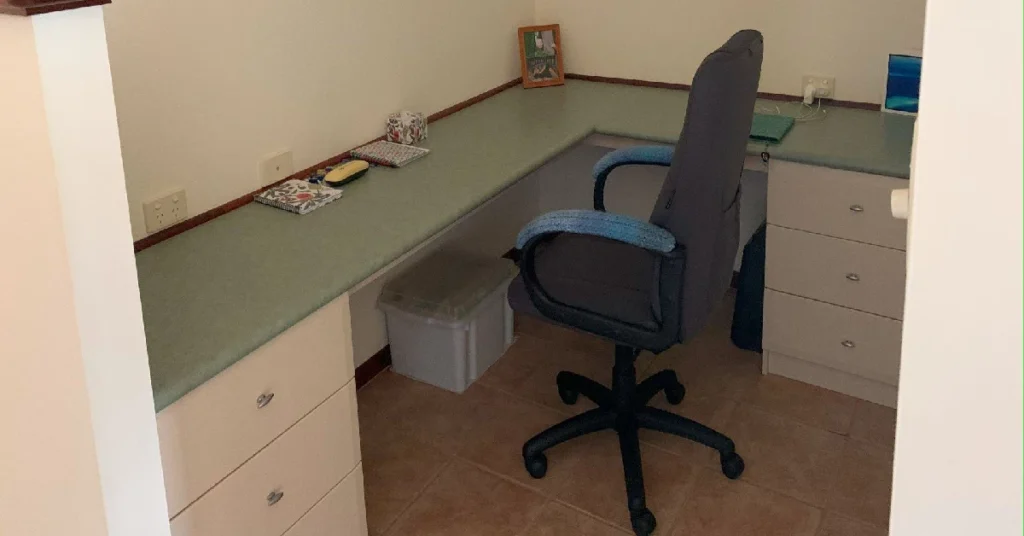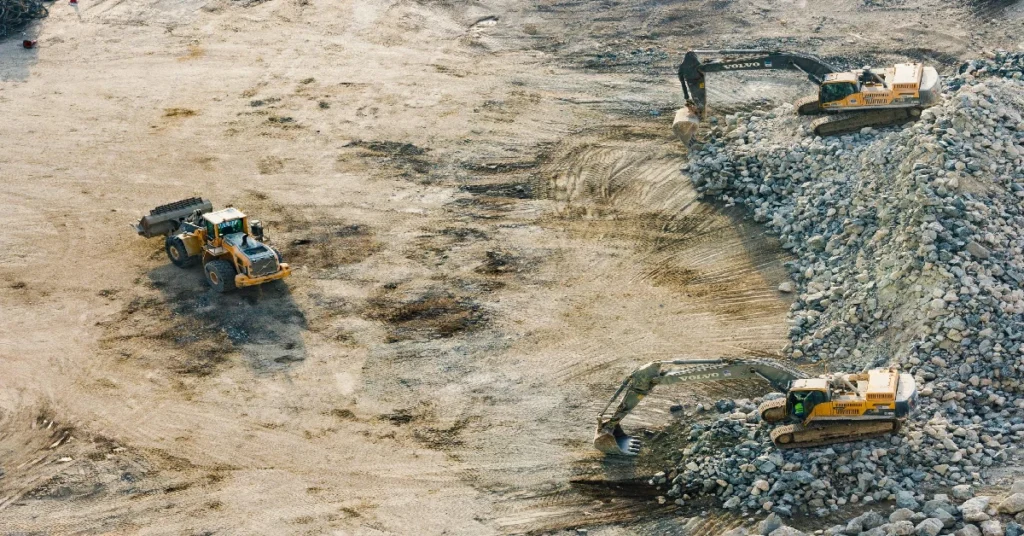How to Answer the Modern Slavery Question in Tender Responses
The modern slavery question isn’t just a box to tick—it’s a litmus test for how seriously your business takes ethical risk, legal compliance, and supplier responsibility.
Whether you’re bidding for government contracts or private sector tenders, you’ll almost certainly come across it. And if your answer is vague, recycled, or overly generic, you’re handing points to your competitors.
Here’s how to answer it properly—without sounding like you copied it from ChatGPT.
First, understand why they’re asking
Buyers include modern slavery questions because they’re legally and reputationally exposed. They need assurance that their suppliers are not participating in, enabling, or ignoring practices that exploit vulnerable people—whether directly or through extended supply chains.
For many tenders, particularly government ones, your response will be evaluated for credibility, maturity, and actionability. That means policies alone won’t cut it.
What a strong answer includes
Here’s what procurement teams actually want to see:
1. A clear understanding of what modern slavery is
Don’t regurgitate the legislation. Show that you understand the real-world implications. For example:
“Modern slavery includes forced labour, deceptive recruitment, debt bondage, and other forms of exploitation that can occur across subcontracted or offshore suppliers.”
This demonstrates that your team knows the risks aren’t always obvious—and that’s exactly what the buyer wants to see.
2. Specific actions you’re taking
This is where most responses fall down. Don’t waffle. Instead, explain the controls, audits, and checks you’ve already built into your operations. Examples include:
-
Supply chain mapping and risk screening
-
Adding anti-slavery clauses in supplier contracts
-
Site inspections or third-party audits
-
Annual staff training on identifying red flags
-
Reporting mechanisms for whistleblowers
You don’t need to be perfect—you need to be proactive.
3. Reference to policies, but don’t stop there
If you’ve published a Modern Slavery Policy or a statement under the Modern Slavery Act 2018 (Cth), include it. But also make it clear how it’s embedded into your day-to-day processes:
“Our Modern Slavery Policy is reviewed annually and forms part of all subcontractor onboarding. All suppliers are required to complete a due diligence questionnaire and declare compliance with our minimum labour standards.”
If the buyer reads your policy and still has questions, your tender may score low.
If you’re early in the journey
If you haven’t formalised your practices yet, say so. But state exactly what steps you’re taking to improve. For example:
“While we are not currently required to submit a Modern Slavery Statement under the Act, we have committed to aligning with best practice. In the next 12 months we will:
• Map our tier-one suppliers
• Develop an internal risk assessment framework
• Roll out training to operations and procurement staff
• Update supplier contracts to include labour rights provisions”
This shows awareness, intent, and a clear action plan—which is often enough to earn a decent score, especially for SMEs.
What not to say
Here are a few red flags that buyers notice:
-
“We are a small business so this doesn’t apply to us.”
-
“We comply with all laws and regulations.”
-
“We’ve never had a slavery issue in our business.”
None of those statements prove that you’ve taken the risk seriously. In fact, they suggest the opposite.
Why this matters (beyond the score)
Modern slavery isn’t a theoretical risk. If your business imports goods, uses offshore labour, or contracts out low-skilled work (like cleaning, security, or manufacturing), then it’s exposed—even if unintentionally.
By addressing it properly in your tender response, you’re doing two things:
-
Earning more points in a highly weighted evaluation criterion
-
Building trust with buyers who care about risk, compliance, and values alignment
You don’t need a 30-page policy or a full-time compliance team. But you do need to prove that someone in your business is taking this seriously.
Some Useful Resources
Official Government Guidance & Reporting Tools
1. Modern Slavery Act 2018 (Cth) – Full Legislation
Australian Government legislation defining reporting requirements, obligations, and penalties.
https://www.legislation.gov.au/Details/C2018A00153
2. Australian Modern Slavery Register (Commonwealth)
If you’re a reporting entity, this is where your statement must be submitted and where others can be reviewed. https://modernslaveryregister.gov.au
3. Home Affairs: Modern Slavery Guidance for Reporting Entities
A comprehensive guide for businesses on how to prepare a compliant Modern Slavery Statement.
https://www.homeaffairs.gov.au/criminal-justice/files/modern-slavery-reporting-entities.pdf
Supply Chain Risk and Due Diligence Tools
4. Walk Free – Global Slavery Index
Use this to identify modern slavery risks in countries and industries across your supply chain. https://www.globalslaveryindex.org
5. Supplier Ethical Data Exchange (Sedex)
One of the world’s largest platforms for managing ethical supply chain risk. Useful for businesses seeking to build ethical sourcing practices. https://www.sedex.com
6. KnowTheChain Benchmark Reports
Sector-specific reports comparing corporate performance on forced labour (e.g. ICT, apparel, food & beverage). https://knowthechain.org/benchmarking-reports
Policy and Training Templates
7. Anti-Slavery Australia: Free Modern Slavery Policy Template
Ideal for SMEs or businesses just starting out. Covers the basics and can be adapted for your operations. https://www.antislavery.org.au
8. Fair Supply or Informed365
Paid platforms that help assess, track, and report on modern slavery risks in your supply chain. Especially useful if you’re a subcontractor to a large reporting entity.
Industry-Specific Guidance
9. Cleaning Accountability Framework (CAF)
A model for ethical labour supply in the cleaning industry—a sector at high risk. https://www.cleaningaccountability.org.au
10. Ethical Clothing Australia (ECA)
Accreditation body promoting transparency and labour rights in the textile industry. https://ethicalclothingaustralia.org.au
Learning and Capacity Building
11. Australian Human Rights Commission – Business & Human Rights Resources
Includes case studies, sector-specific guidance, and legal commentary. https://humanrights.gov.au/our-work/business-human-rights
12. UN Guiding Principles on Business and Human Rights (UNGPs)
The global standard for preventing and addressing human rights abuses linked to business. https://www.ohchr.org/en/business/un-guiding-principles-business-and-human-rights
Final word
Modern slavery isn’t a box to tick—it’s a chance to show that your business is capable, ethical, and credible.
Don’t copy and paste. Don’t downplay it.
Treat it as seriously as you would WHS or insurance compliance—because that’s how your buyers are scoring it.
If you would like help with getting your tender compliance right, don’t hesitate to reach out. We are here to help.












